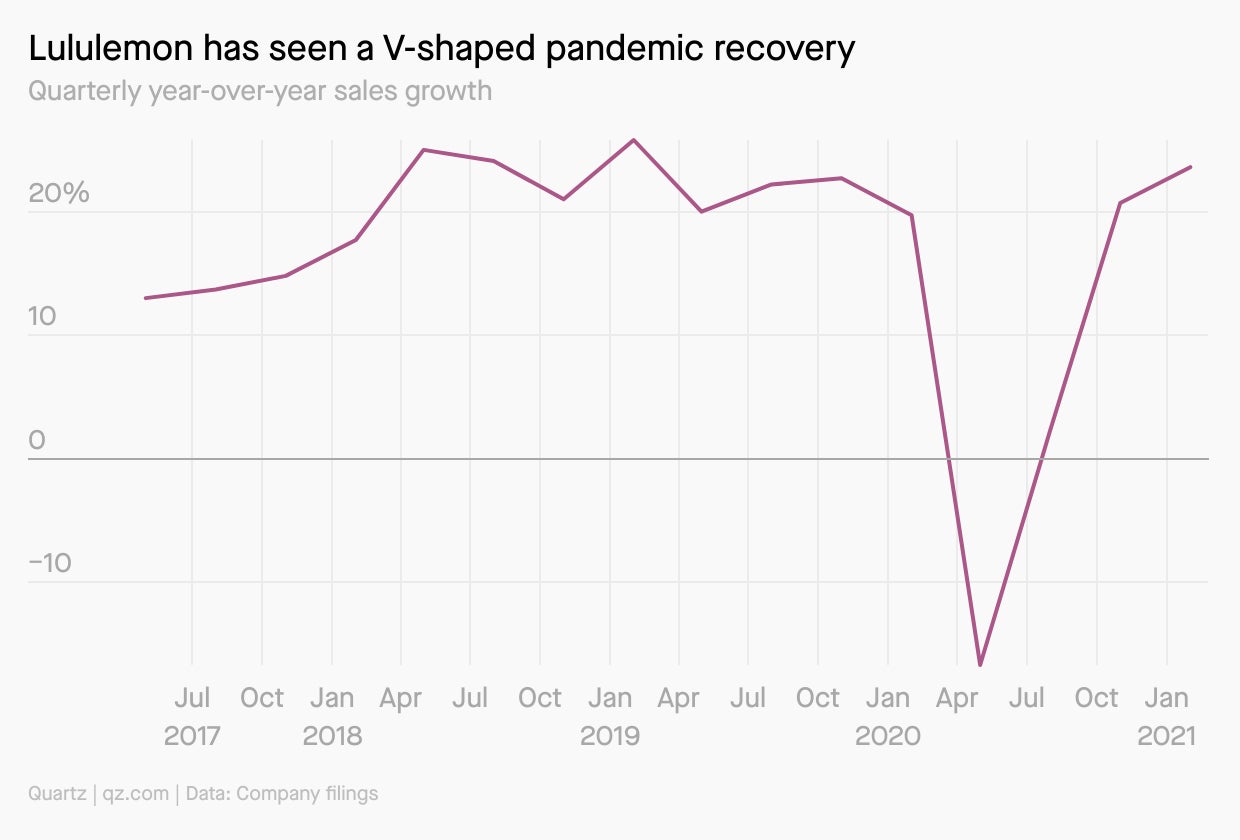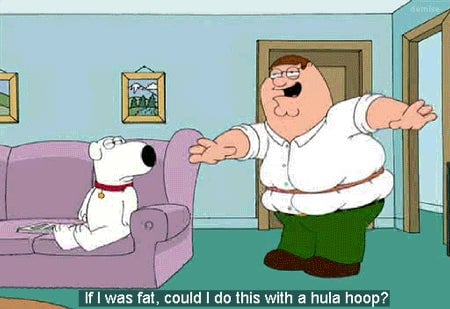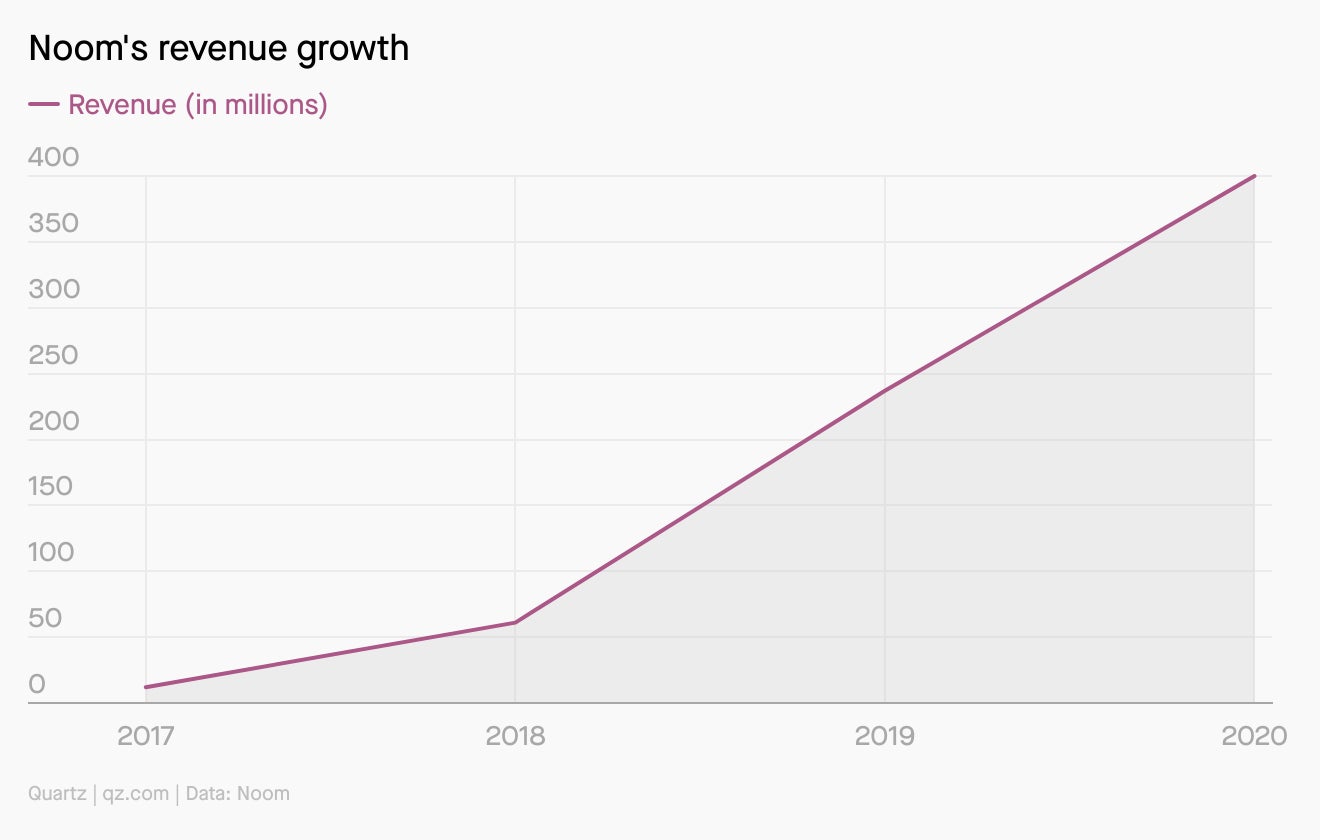Brands’ end
Hello Quartz readers,


Hello Quartz readers,
“Is Pfizer available today? If not, I’ll come back tomorrow.”
While on queue for a Covid-19 vaccine last week, I overheard a woman quibbling over the dose she was about to receive. And she’s not alone—tell people you’ve gotten the jab and inevitably someone will ask: Which one?
Canadians prefer Moderna. Some Brits are holding out for the “English one,” meaning the Oxford-AstraZeneca vaccine. And according to marketing experts, Pfizer has emerged as the victor of the vaccine branding wars so far.
But what may sound like idle preference points to a bigger challenge. Despite the chorus of medical experts stressing that any of the approved vaccines is effective against SARS-CoV-2, significant pockets of the population are holding out for their ideal brand.
“Convincing vaccine recipients that the best vaccine is the one on the table in front of them will be a major challenge,” political scientist Peter Loewen told Quartz’s Anne Quito for her story on the threat posed by vaccine “comparison shopping.” Loewen recently conducted a study that found about 10% of those willing to be vaccinated will refuse the dose if their preferred brand isn’t available.
In a sea of options, a well developed brand can highlight differentiating attributes of a product, says Manuel Hermosilla, assistant professor of marketing at the Johns Hopkins Carey Business School. But public health experts have warned that delaying doses will further delay herd immunity. In the interest of getting through the pandemic, Hermosilla says, it’s crucial to subvert our consumerist instincts for comparison shopping.
“The concept of consumer choice when it comes to immunization, or even medications, is alien,” John Wright, head of the Bradford Institute for Health Research, wrote in a searing editorial about the futility of fussing over brands. “Comparing vaccines is not as simple as comparing cola drinks or cars.” —Anne Quito
Three dinner-table convos
💉 US employees support mandatory Covid-19 vaccines. In a survey of 1,000 working-age adults, a majority (66%) said they would support their current employer if the company required all workers to get the jab. People who worked in finance and tech were particularly strong supporters of vaccine mandates, but 19% of respondents said they would “strongly consider leaving their current job” if getting the vaccine was required.
🧘 Not even lockdown life could kill the market for $100 yoga pants. Nobody cares what you’re wearing when you exercise at home, but shoppers are still shelling out for Lululemon’s pricey activewear. The company’s revenue hit $4.4 billion last year, up 24% over 2019. And while the pandemic did cause a steep drop in sales last spring, demand has since rebounded. Lululemon could potentially surpass Nike as the top women’s activewear brand in the US this year.

💃 Hula hoops are back, baby. Hoopin’ (that’s what we’re calling it) has become a pandemic fitness trend, with women taking to TikTok and Instagram to show off their skills. Standard hoops are still popular, but so are weighted ones made for heavier workouts, or even smart hoops that connect with an app. While the literature here doesn’t run deep, one small study found that hoopin’ with a weighted hoop can reduce abdominal fat.

Quotable
“We ask these strategic allies for proof of their love. Before holding hands, you have to at least take us to the movies.” —Paraguay foreign minister Euclides Roberto Acevedo
Paraguay is in a pickle. The country of 7 million, which is experiencing its biggest coronavirus wave yet, is short on vaccines. It could get them from China, except that would sour the Latin American country’s relationship with the US—and Taiwan. The US is urging Paraguay not to switch its allegiances, but Paraguay wants more than words of support.
If the US doesn’t rush to help, what is Paraguay to do? Such are the questions shaping post-pandemic international relations, as countries deal with the hottest new diplomatic tool: Covid-19 vaccines. Annalisa Merelli looks at vaccines as arguably the moment’s most valuable export.
Event interlude
How do we ensure equitable global access to vaccines and other critical drugs? Covid-19 vaccines were developed in record time, but our current challenge is distributing them quickly and fairly. Register for our upcoming Make Business Better event on April 7 at 12pm US eastern time, where we’ll explore short- and long-term solutions from the public and private sectors.

You asked
Why doesn’t Africa have a homegrown Covid-19 vaccine?
African scientists’ efforts to develop one have been underway for months, but they’ve thus far failed to get support from the private or public sector. That’s not atypical: Medical scientists in Africa often struggle to get funding, with the continent’s R&D spending (0.5% of GDP) lagging the global average (2.2%). African countries tend to focus on securing delivery of already-developed vaccines rather than creating their own, and local pharma companies are focused on manufacturing generic drugs.
“We have the human resources, we have the know-how; we have the intellectual capacity, but we don’t have the political will to mobilize the resources to make it happen,” Christian Happi, a molecular biologist and genomicist in Nigeria, told Quartz Africa’s Uwagbale Edward-Ekpu. Happi believes that a preference for buying imported vaccines is a legacy of colonization.
Meanwhile, African countries’ ability to manufacture other approved Covid-19 vaccines—like those developed by Pfizer, Moderna, and AstraZeneca—requires temporarily lifting World Trade Organization rules protecting intellectual property. One hiccup: A proposal to do just that was recently opposed by developed countries such as the US, the EU countries, Canada, and the UK.
Shots shots shots shots…shots?
Modern, single-use needles have worked for inoculations since the 1960s, but that doesn’t mean shots are the only mode of vaccine delivery. Over the decades, researchers have worked on a variety of alternative methods:
😮💨 Inhaled vaccines. Vaccines that go through the respiratory tract are especially beneficial against respiratory viruses because they can jumpstart the immune cells that line our airways. Downside: They’re less popular for childhood vaccines.
💪 Subcutaneous vaccines. You don’t have to go deep into the body to reach immune cells; there are plenty below the top layer of skin. In recent years, scientists have explored giving vaccines through tiny micro-needles, or a long-wearing patch no thicker than a Band-Aid.
🔫 Jet-injection vaccines. First developed by the US military, this method sprays a concentrated amount of a liquid vaccine to penetrate the upper layer of skin. But jet-injection cartridges take up a lot of room, and there’s limited data to suggest they’re any more efficient than shots.
A Noom of one’s own
If we were eating our feelings before the pandemic, we’re now drinking, baking, air-frying, and spatchcocking them, too. In one survey from the American Psychological Association, 40% of respondents reported some weight gain over the past year.
While a little waistband forgiveness may be in order, given larger public health concerns, the sales generated by weight loss app Noom suggest that people are eager to get back to their pre-pandemic baseline. The company reported $400 million in revenue last year, double the year before.

So how does it work? Noom asks users to track and log what they eat, using a color-coded system to guide decisions.
🟢 The least calorically dense and/or most nutrient-dense food options, which should represent 30% of what you eat in a day. Fruits and veggies, whole grains, whole wheat bread, tofu, and non-fat dairy are all “green” foods.
🟡 The middle ground foods—including low-fat dairy, black beans, chicken breast, tuna, salmon, couscous, plantains, rice noodles, legumes, and avocados—can provide 45% of your daily calories.
🔴 No more than 25% of your daily diet should come from the most calorically dense and/or least nutrient-dense foods, including nut butters and olive oil, pita bread, flour tortillas, plus all the hard-to-resist stuff, like red wine, sugary foods, pizza, burgers, and fries.
Noom may not have the name recognition of fitness brands like Peloton and Fitbit, but it’s reportedly evaluating a public offering (thank you, #quarantine15). Lila MacLellan looked at what exactly is in Noom’s secret sauce.
Want more slices of the pandemic’s impact on companies? We serve Quartz members a fresh one every Thursday. Sign up for a free trial to get them directly in your inbox.
Essential reading
- The latest 🌏 figures: 132 million confirmed cases; 75 million classified as “recovered;” 673 million vaccine doses administered.
- One step at a time: India is walking a tightrope between vaccinating its people and sending vaccines abroad.
- Inoculation incubation: Researchers are hatching a low-cost coronavirus vaccine (in chicken eggs).
- Paying the price: Part of India’s latest lockdown will cost the country $5.4 billion.
- Monster bash: AMC Theaters got a lifeline from Godzilla vs. Kong.
Our best wishes for a healthy day. Get in touch with us at [email protected], and live your best Quartz life by downloading our iOS app and becoming a member. Today’s newsletter was brought to you by Anne Quito, Annalisa Merelli, Marc Bain, Uwagbale Edward-Ekpu, Lila MacLellan, Katherine Foley, and Kira Bindrim.